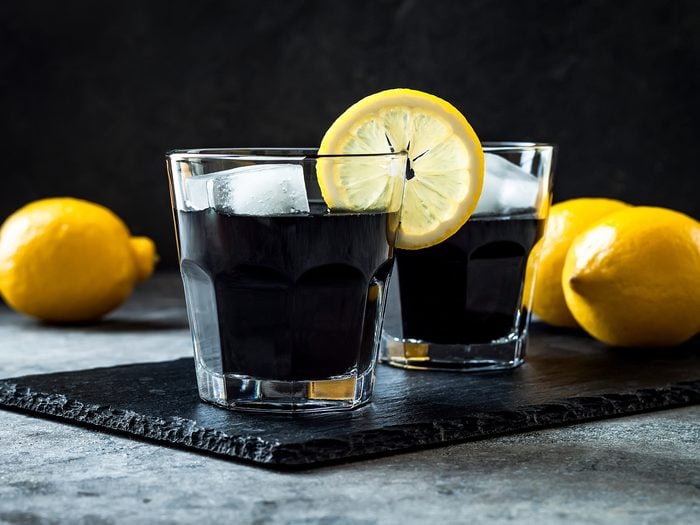
What does activated charcoal do?
Over the last couple of years, social media feeds have been flooded with food and wellness trends. One of the strangest—and most prolific—may well be those images of goth-black ice cream infused with activated charcoal.
It turns out, though, that this was just one particularly photogenic moment for activated charcoal. Scan the shelves at your local drugstore and you’ll see the ubiquitous ingredient in cleansers, masks, shampoos, conditioners, deodorants and toothpaste—in brands both big-box and boutique.
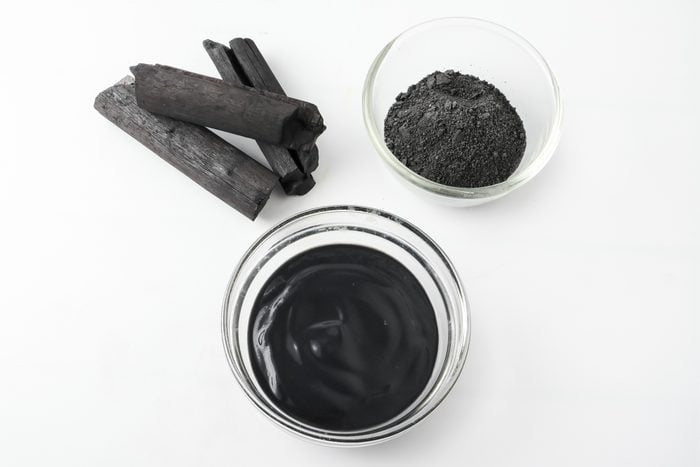
What is activated charcoal, exactly?
Over the last several years, Japanese and Korean beauty rituals have migrated to the North American cosmetic market, which may partly explain why we’re seeing activated charcoal in so many products—it has long been used in those countries as a purifying ingredient. But there’s another reason for its recent popularity: marketers know we’re suckers for anything novel. “Activated charcoal is highly Instagrammable,” says registered dietitian Abby Langer. “It’s that simple.”
The charcoal in activated charcoal is created by burning carbon-rich materials such as wood, peat, bamboo, coconut shells and olive pits, transforming them into a concentrated black substance. Then the charcoal is “activated” by steaming it at high temperatures, which opens up its carbon structure and makes it porous, full of nooks and crannies that can bind all kinds of gunk (dirt, oil, odour-causing bacteria) on its surface.
Here are the best foods to eat for healthy, glowing skin.
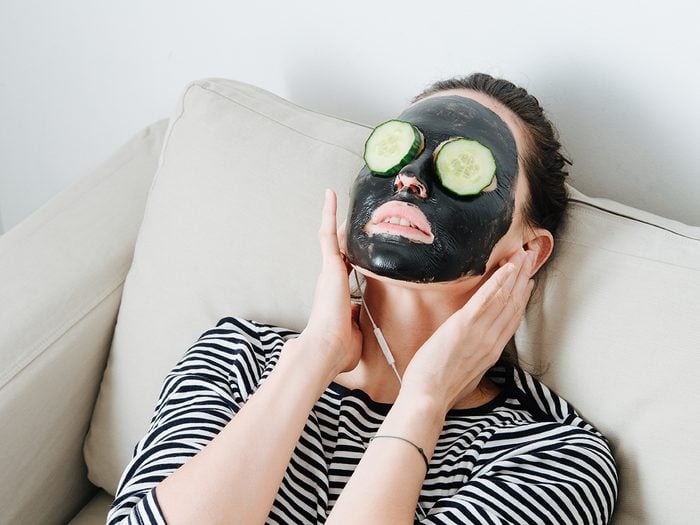
Does it really improve beauty products?
Despite glowing anecdotal reports of clear, luminous skin from nutritionists, personal trainers and celebrities like Kim Kardashian and Gwyneth Paltrow, there is no clinical evidence for the effectiveness of activated charcoal as a beauty ingredient. There simply hasn’t been any substantive research or large studies to investigate the claims.
Likewise, there is no good evidence showing that using charcoal products for oral health will make your breath fresher or teeth whiter. In a CBC story from 2019, the Canadian Dental Association wouldn’t recommend using charcoal products because there are no demonstrated health benefits, and they may even be too abrasive and damaging to your enamel.
According to Langer, if you’re seeking brighter skin, a whiter smile and a healthier gut, drinking plenty of water every day and eating high-fibre foods is a safer and healthier way to go. “Spend your money on food that is whole and minimally processed,” she says. “And be assured that we’re not walking around with pounds of sludge in our body to detoxify.”
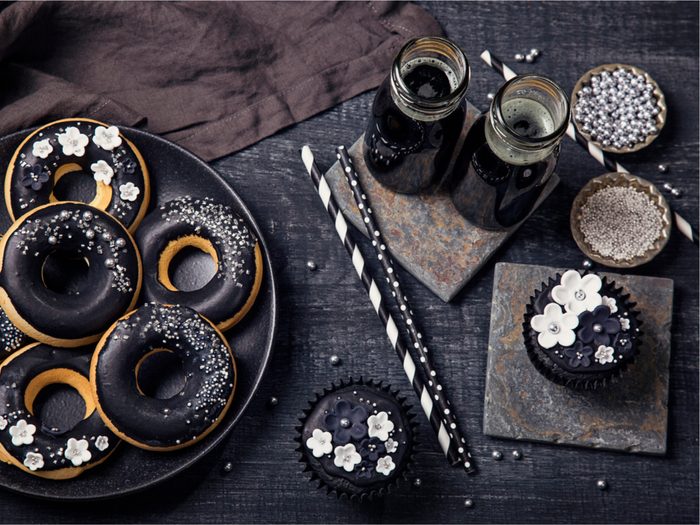
Is it safe to eat activated charcoal?
In addition to ice cream, activated charcoal is used by restaurants and food brands to turn pizza crusts, ramen broth, burger buns, cold-pressed juices and cocktails a deep black hue. So before you shell out extra cash for an activated charcoal-boosted lemonade, remember that you’re paying for its appearance: there’s no scientific evidence for the “detox” action it promises.
“It’s not going to hurt you,” says Langer, “but it’s not going to have the effect you might think it’s going to have, so what’s the point? Especially when you’re paying a premium for a bunk ingredient.”
Health Canada spokesperson Marie-Pier Burelle has a more positive take: “Products that contain activated charcoal are considered to have benefits that outweigh the risks associated with them, when they are used as advised.”
Ultimately, you can’t really get sick from, or ingest too much, activated charcoal.
Here’s how to read nutrition labels like a pro.
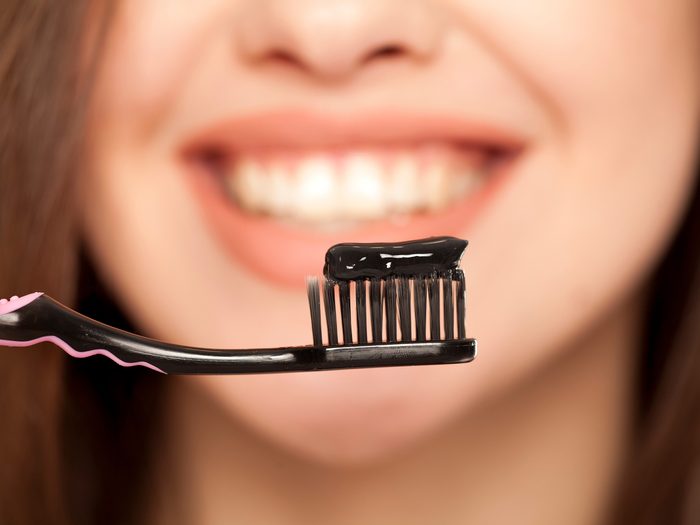
Is there any proven use for it, then?
In the ER, doctors sometimes feed an activated-charcoal paste to patients who have been poisoned or are overdosing on prescription medication. If done quickly—ideally within minutes but up to an hour after ingestion, while the substance is still in the stomach—the paste prevents the body from absorbing it.
So yes, activated charcoal might save your life. However, casual users should know that it doesn’t bind with ethanol or alcohol, so it won’t magically erase the effects of late-night imbibing. Also, be aware that it doesn’t discern between the bad and the good: it will bind with blood-pressure medication and birth-control pills and flush them through your system, too.
Next, find out the harmful beauty product ingredients that you should swap out.